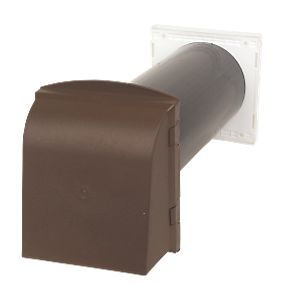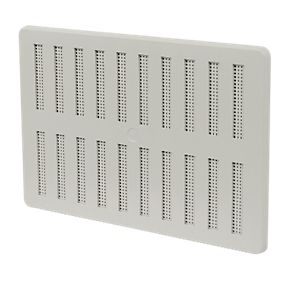I would just add that only improving insulation whilst not having any ventilation or thinking about ventilation can often make condensation worse....
This is because with better insulation and no ventilation, more warm moist air is trapped for longer in the property. There will always be some areas you can't insulate well in an old property, and you may get cold spots on external walls.....as a result the moist air will be more likely to condensate on the cold spots (or the coldest areas, windows etc) you can't insulate, and hence you get concentrated damp in these areas.....
Back to the initial post, you did not say where you were putting these vents....firstly, if it is the kitchen and bathroom, I would always put an active (mechanical) vent in here with a humidistat.
A lot of moisture is created very quickly in these rooms and needs to be removed just as quick, a passive vent will not cope with this...
Passive vents are good for background ventilation, not as much air passes through these as one would think, but they are good at their job.
However....if you are worried about losing heat through ventilation you can look at special extractor fans which also recover the heat back into the room. They are called single room MVHR.....
http://www.vent-axia.com/range/hr25.html
....they are more expensive but ventilate without as much heat loss......you need to work of if this is worth it based on how well your house is already insulated.....
Whatever your choice, just ensure the minimum you get is a mechanical extractor in the bathroom/kitchen with a humidistat. (a humidistat keeps the fan going until a selected acceptable humidity is reached).
 but then I'd need a 127mm core drill which is gonna cost me £50 (unless I hire one).
but then I'd need a 127mm core drill which is gonna cost me £50 (unless I hire one). . They are the cheaper option and I wouldn't need a core drill. I'm thinking of drilling many 10 x 16mm holes through the cavity wall and then cover the holes with the above vent.
. They are the cheaper option and I wouldn't need a core drill. I'm thinking of drilling many 10 x 16mm holes through the cavity wall and then cover the holes with the above vent. 


